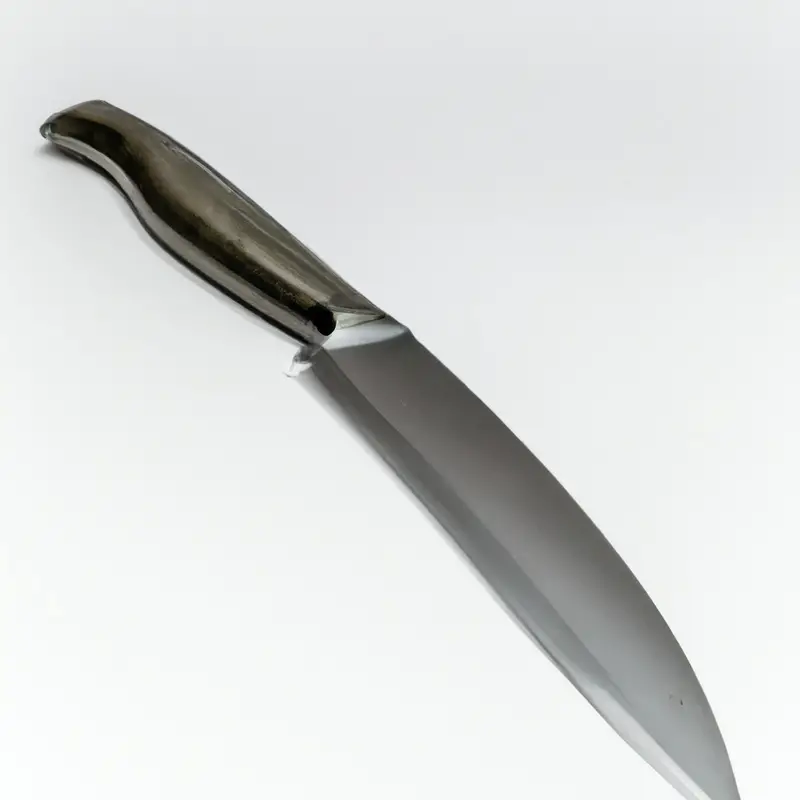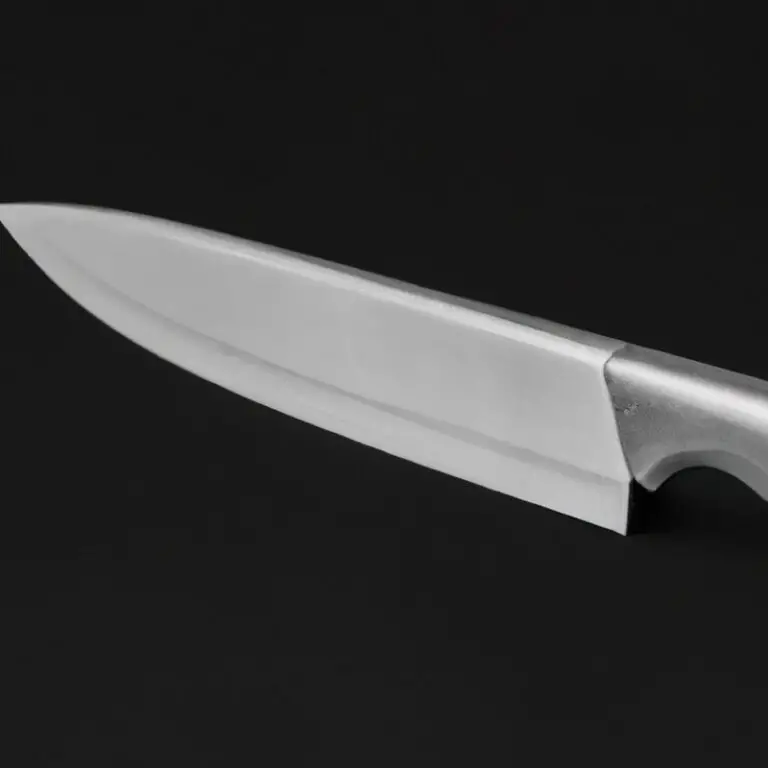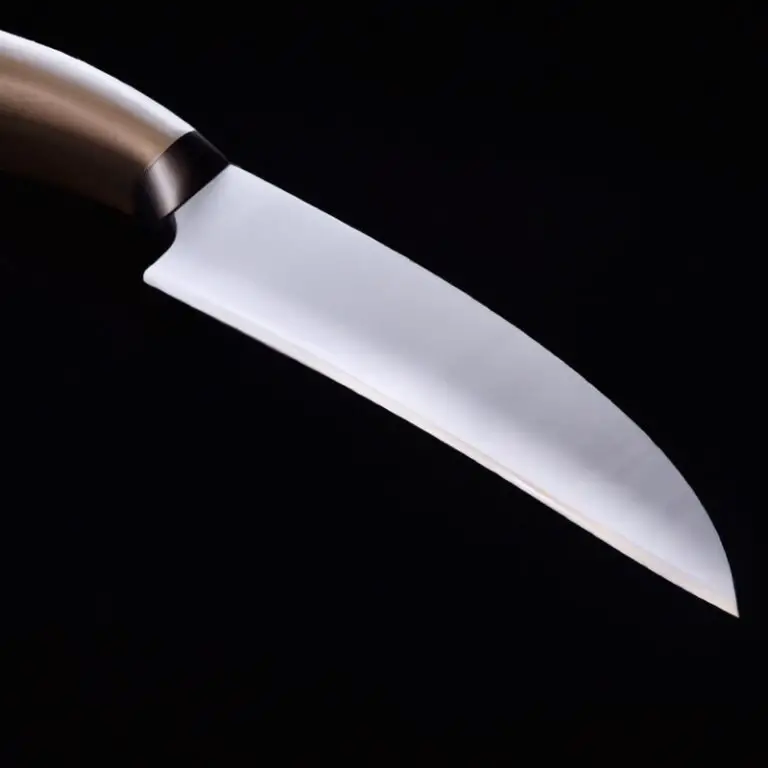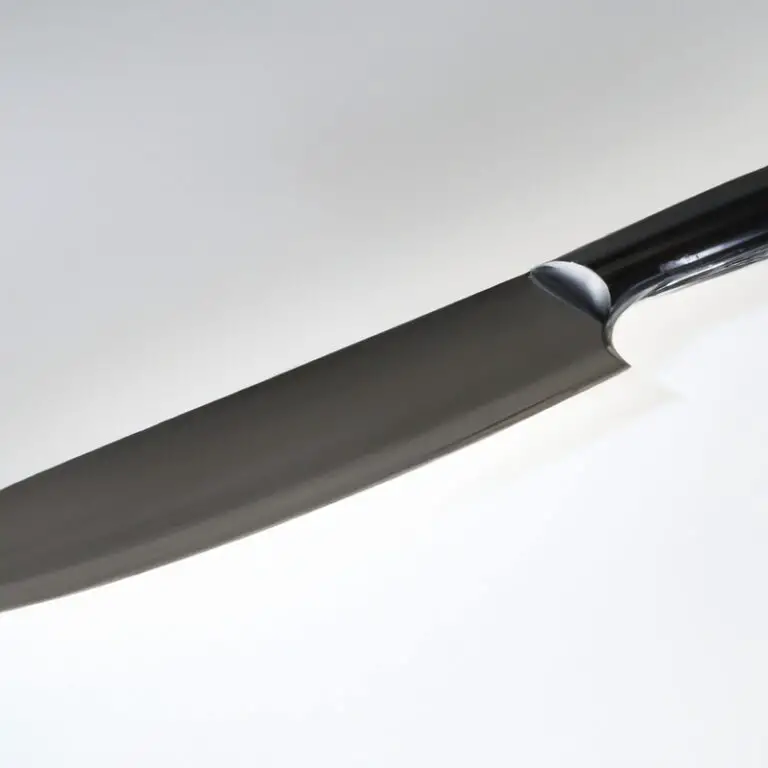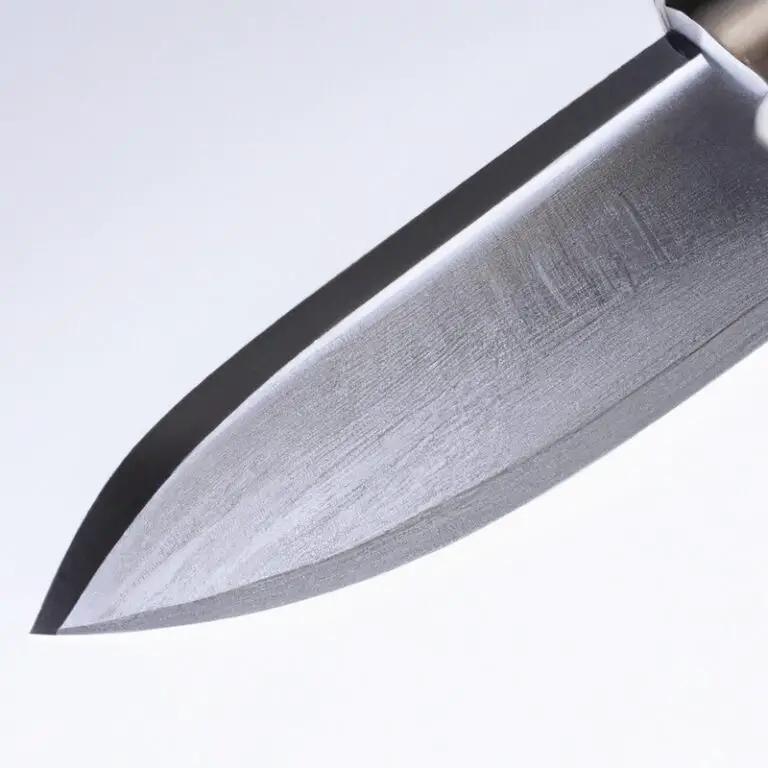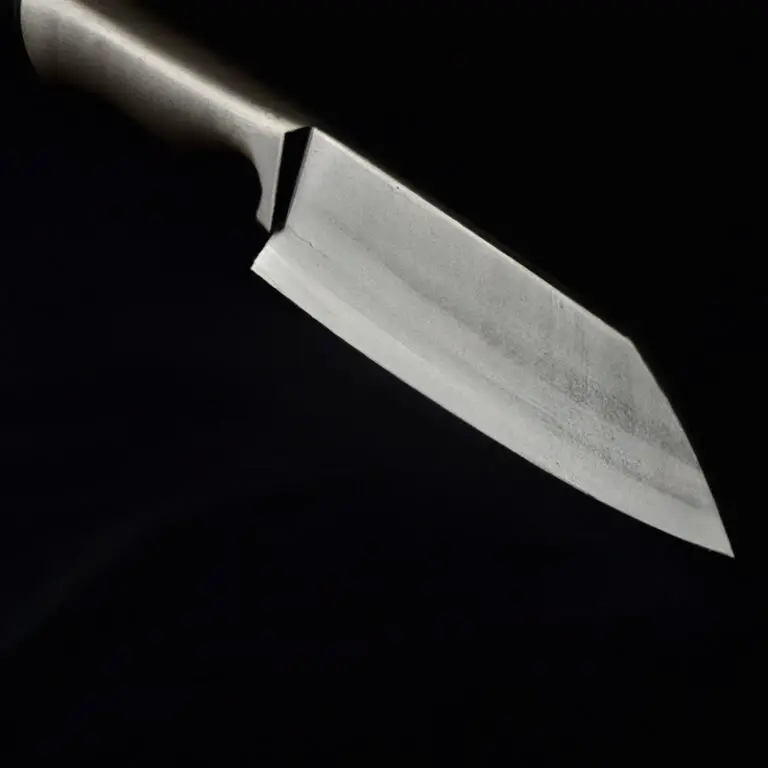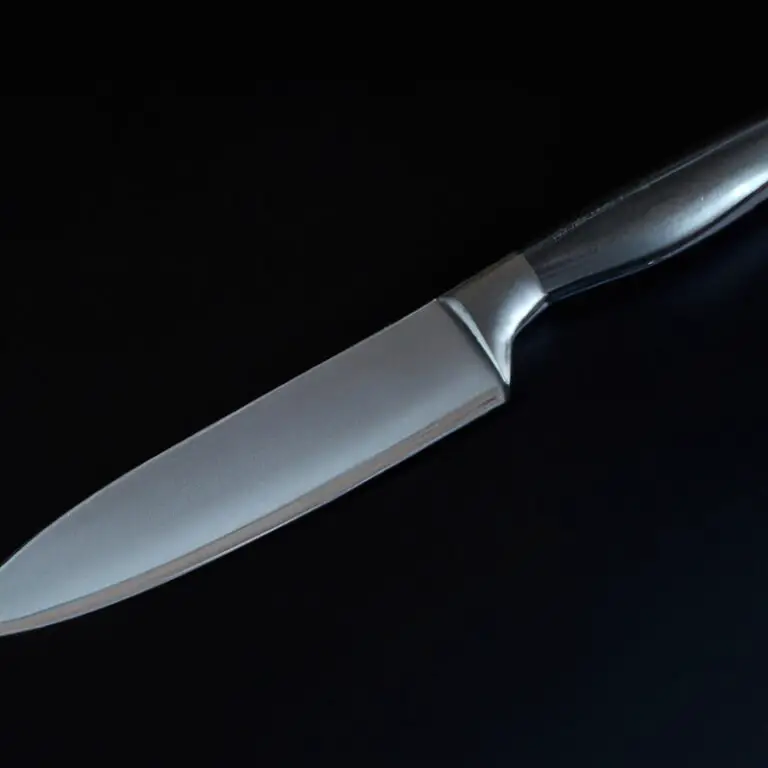How To Chop Fresh Herbs With a Santoku Knife? Master It!
Key Takeaways:
- A Santoku knife is a versatile tool for chopping fresh herbs, thanks to its sharp, deep blade and comfortable handle.
- When using a Santoku knife to chop herbs, it’s important to hold the blade at a slight angle and use a rocking motion to make quick, precise cuts.
- By practicing proper knife technique and choosing the right herbs for your dish, you can elevate the flavor and presentation of your meals with perfectly chopped fresh herbs.
- Remember to always handle knives with care and keep them sharp for optimal performance in the kitchen.
Are you looking to take your cooking game to the next level? Fresh herbs are a great way to add extra flavor and aroma to any dish, but chopping them can be a challenge.
That’s where the Santoku knife comes in! In this beginner’s guide, I’ll show you how to master the art of chopping herbs with this versatile kitchen tool.
We’ll cover everything from prepping your herbs to proper knife grip and the rocking motion. By the end of this article, you’ll be a pro at chopping herbs with a Santoku knife and elevating your culinary creations.
| Step | Instructions |
|---|---|
| Step 1 | Wash the fresh herbs and dry them thoroughly |
| Step 2 | Remove the leaves from the tough stems |
| Step 3 | Stack the leaves on top of each other |
| Step 4 | Roll the leaves tightly, starting from one end |
| Step 5 | Use a Santoku knife to chop the rolled leaves, making sure to keep your fingers curled under and away from the blade |
| Step 6 | Continue chopping until you have finely chopped herbs |
| Step 7 | Transfer the chopped herbs to a bowl and use as desired |
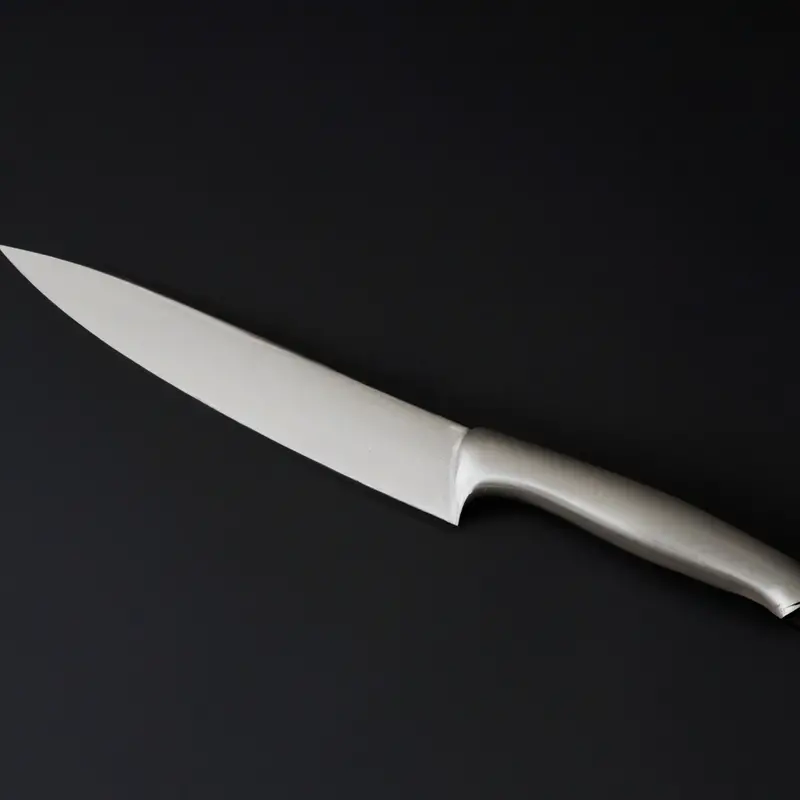
Understanding Santoku knives: A beginner’s guide to this versatile kitchen tool
Santoku knives are versatile kitchen tools that originated in Japan. They are best known for their unique design, which features a straight edge and a curved blade.
Santoku knives are ideal for chopping herbs, vegetables, and fruits with ease and efficiency.
Unlike other knives, Santoku knives have a hollow edge that helps reduce friction and prevents food from sticking to the blade. They are also lighter and shorter than other knives, making them easier to maneuver and control.
If you are a beginner looking for a reliable kitchen tool for your everyday cooking needs, Santoku knives are a great choice.
Before you start chopping, ensure that you choose the right Santoku knife, learn how to grip it properly, and use the correct technique. With practice and patience, you can become a pro at using Santoku knives to chop fresh herbs and enhance the flavor of your dishes.
The importance of chopping herbs: Enhancing the flavor and aroma of your dishes
Chopping herbs is an essential step to enhance the flavor and aroma of your dishes. By chopping herbs, you release the essential oils and unlock their full flavor potential.
It can also create a better texture and a consistent appearance in your dishes.
Using a sharp Santoku knife for chopping herbs ensures clean, precise cuts that maintain the herbs’ integrity. It’s a simple technique that can elevate your cooking game.
The difference between chopping and mincing: Which technique works best for herbs?
Chopping and mincing are two commonly used techniques for cutting herbs. Chopping involves cutting the herb into larger pieces, while mincing involves cutting the herb into very fine pieces.
When it comes to herbs, chopping works best for denser herbs like rosemary or thyme, while mincing is ideal for softer herbs like basil or parsley.
The reason being is that chopping can cause softer herbs to bruise, resulting in a lack of flavor and aroma in your dish. Mincing soft herbs ensures that the delicate flavor and aroma are preserved.
It is important to note that regardless of which technique you choose, it is crucial to use a sharp knife to prevent bruising and uneven cuts.
Additionally, using a Santoku knife for chopping and mincing provides better control and precision. Ultimately, the choice between chopping and mincing comes down to personal preference and the type of herb being used.
Experiment with both techniques and determine which one produces the best result for your desired dish.
Prepping your herbs: Cleaning, drying, and organizing for efficient chopping
Before you start chopping your fresh herbs with a Santoku knife, it’s crucial to prep them properly to ensure efficient and safe cutting. Here are some essential tips for prepping your herbs:
- Cleaning: Rinse your herbs thoroughly under running water to get rid of any dirt or debris. Pat dry with a paper towel or a clean kitchen towel.
- Drying: Make sure your herbs are completely dry before chopping them as wet herbs can bruise easily. You can air-dry them by spreading them out on a kitchen towel or use a salad spinner for quick and easy drying.
- Organizing: Remove any yellow or wilted leaves and separate the leaves from the stems. Depending on the recipe, you may also need to chop the stems into small pieces.
By following these simple steps, you can ensure that your herbs are clean, dry, and ready for safe and efficient chopping with your Santoku knife.
Proper knife grip: Mastering the pinch grip for precise cuts
Proper Knife Grip: The pinch grip is a reliable and precise way to hold your Santoku knife. It’s the most common grip used by chefs and allows for increased control over the blade.
Place your index finger and thumb on either side of the blade’s base and, with the other three fingers, grip the handle.
Keep your fingers curled slightly and your wrist straight while slicing. A proper grip helps prevent accidents and fatigue while producing consistent, clean cuts.
Remember to practice and maintain the grip until it becomes second nature.
The rocking motion: Maximizing the Santoku knife’s design for effortless chopping
The Santoku knife’s design is optimized for a rocking motion while chopping herbs. The blade’s wide and round edge provides a larger cutting surface, allowing the user to chop more herbs in a shorter amount of time.
To maximize the knife’s design, use a comfortable and secure grip, such as the pinch grip, and ensure the blade is sharp to reduce resistance and increase efficiency.
Start by placing the tip of the blade on the board and rock the blade back and forth while gradually working towards the base. Repeat until the desired cut is achieved.
Mastering the rocking motion will not only make chopping herbs effortless, but it will also prevent uneven cuts, bruising, and injuries.
Choosing the right cutting board: Options for preserving your knife’s sharpness and longevity
Choosing the right cutting board is crucial for preserving your Santoku knife’s sharpness and longevity. Here are some options to consider:
- Wooden Cutting Board: A wooden cutting board is a traditional option that gives a natural finish. It requires high maintenance and a strict cleaning routine to avoid bacteria buildup that can harm the quality of your knife’s edge.
- Plastic Cutting Board: A plastic cutting board is low maintenance and more affordable than wooden ones. It is easier to clean and sanitize, preventing bacteria build-up. However, be mindful of its wear and tear. Over time, deep cuts on the surface can harbor bacteria.
- Bamboo Cutting Board: Bamboo cutting boards have natural antibacterial properties, making them a preferred option. They are eco-friendly, lightweight, and durable. They are also easy to clean and maintain.
Regardless of which cutting board you choose, consider having a separate board for meat and another for vegetables, herbs, and fruits. This helps to prevent cross-contamination and maintain the quality of your Santoku knife.
Choosing the right cutting board is essential for protecting your Santoku knife’s edges, quality, and longevity.
Choose an option that suits your preference, budget, and meets your hygiene standards.
Common herb chopping mistakes: Avoiding bruising, uneven cuts, and injuries
Bruising, uneven cuts, and injuries are common mistakes when chopping herbs with a Santoku knife. To avoid bruising, ensure that the herbs are completely dry before chopping, and avoid chopping with a dull knife.
For even cuts, use a rocking motion while chopping and maintain a consistent angle and pressure on the knife.
To avoid injuries, make sure to grip the knife properly and keep your fingers away from the blade while cutting. With proper technique and care, you can avoid these common mistakes and achieve perfectly chopped herbs every time.
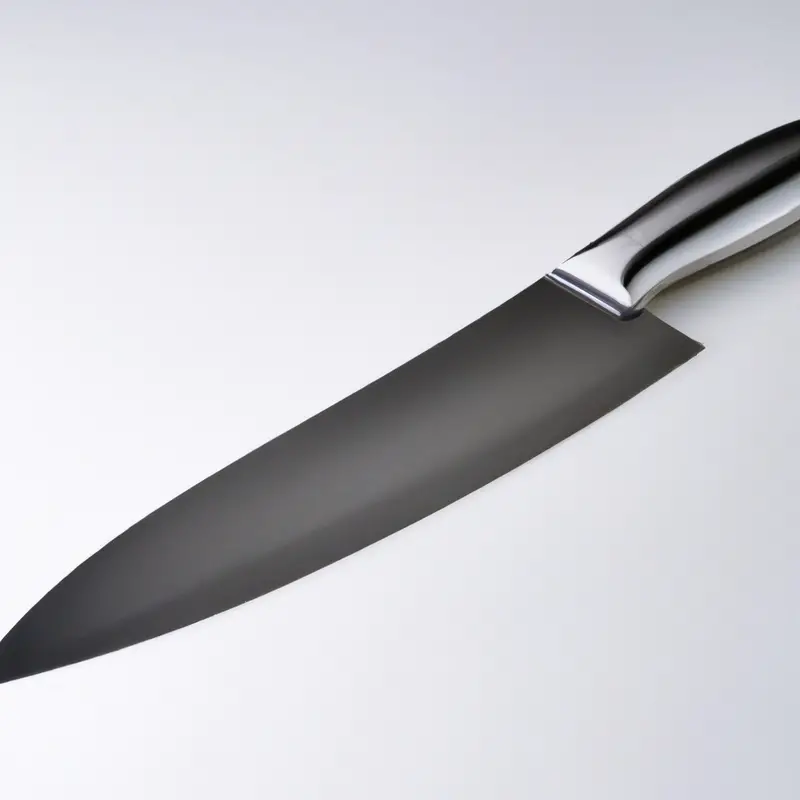
Taking care of your Santoku knife: Cleaning, honing, and sharpening for optimal performance
Taking care of your Santoku knife is vital to maintain its optimal performance. Cleaning it after each use with warm soapy water and drying it immediately helps prevent rust and build-up.
Honing your knife regularly using a honing rod or sharpening stone helps realign the blade’s edge, keeping it sharp for longer.
Sharpening your Santoku knife every six months to a year helps remove chipped or worn-out metal, ensuring seamless cuts every time. Remember to store your knife in a safe and dry place to avoid damage to the blade.
Proper knife care not only enhances the longevity of your Santoku knife but also ensures precise and effortless cutting, boosting your cooking experience.
Elevating your cooking game: Using freshly chopped herbs to enhance various dishes
Using freshly chopped herbs is an easy and effective way to elevate the flavor of your dishes. Herbs like basil, parsley, and cilantro can add depth, brightness, and aroma to everything from salads to main dishes.
When chopping herbs, it’s essential to use a sharp knife like a Santoku knife to prevent bruising and uneven cuts.
Making sure herbs are clean and dry before chopping, mastering the pinch grip, and using a rocking motion with your knife are all important techniques for achieving precise cuts. Avoid common mistakes like bruising herbs and ensure your knife stays sharp by choosing the right cutting board and caring for your Santoku knife properly.
With freshly chopped herbs in your culinary arsenal, you can take your cooking game to the next level and impress your guests with a world of new flavors.
Final Verdict
Mastering the art of chopping fresh herbs with a Santoku knife can significantly elevate your culinary creations, enhancing both their flavor and presentation. By following the tips outlined in this guide, you can ensure precise cuts, avoid common mistakes, and maintain your knife’s sharpness for optimal performance.
Remember to prep your herbs correctly, hold the knife with the pinch grip, and use the rocking motion to your advantage.
Choosing the right cutting board and taking care of your knife is also essential for lasting success. With practice, patience, and attention to detail, you can become a herb-chopping expert and take your cooking game to new heights.
Let your freshly chopped herbs be the star of your dishes and impress your guests with your newfound skills.
Trust in the Santoku knife’s design and your own abilities, and enjoy the journey of culinary exploration.

